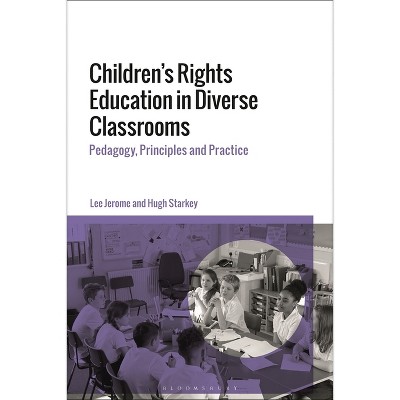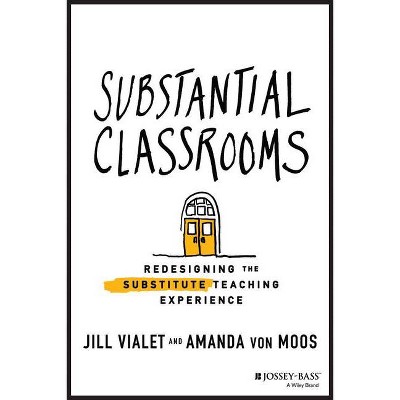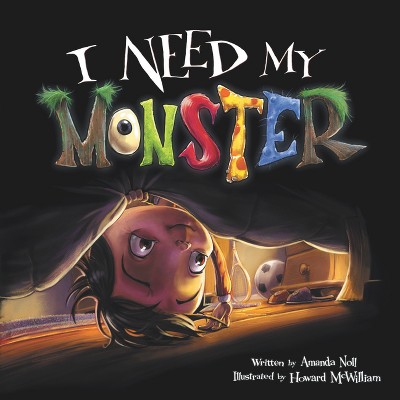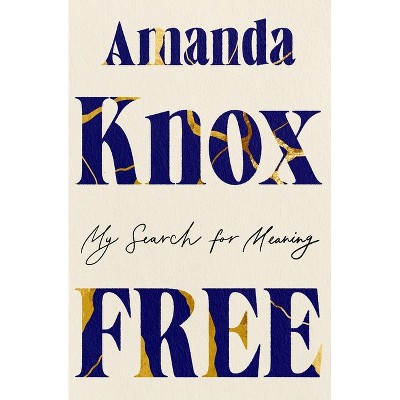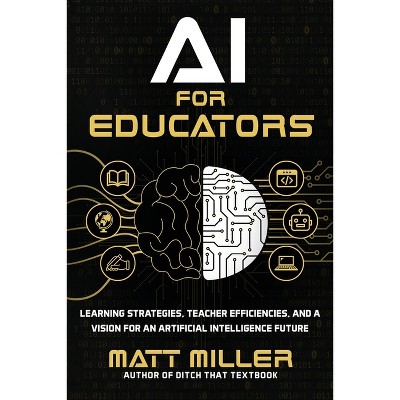Educators for Diverse Classrooms - by Manu Sharma & Amanda Zbacnik (Paperback)

About this item
Highlights
- This unique book strives to bring difficult but much needed conversations about the current day equity issues in North America to the forefront through case studies
- About the Author: Dr. Manu Sharma, PhD is an Assistant Professor at the University of Wisconsin-River Falls in the Teacher Education Department, where she currently teaches the required foundational courses for meeting the expectations of American Cultural Diversity which focus on equity and diversity issues in education.
- 172 Pages
- Education, Aims & Objectives
Description
About the Book
This unique book strives to bring difficult but much needed conversations about the current day equity issues in North America to the forefront through case studiesBook Synopsis
This unique book strives to bring difficult but much needed conversations about the current day equity issues in North America to the forefront through case studiesReview Quotes
Intended for use in teacher education programs, this text recounts brief narratives from actual cases in the field in both American and Canadian schools. The vignettes focus mainly on children with special needs in elementary school settings, though a few others feature middle or high school students. Each case study is also accompanied by questions to inspire reflection. . . Though this book might be beneficial in classes focusing on the needs of children in special education, many vignettes could also be used across teacher education programs to examine teacher agency, support systems within schools and/or districts, how to foster rapport and communication with parents, and how to work collegially with other teachers and support staff. The situations presented are graphic and jarring, but they introduce preservice teachers to the complexities and uncertainties of modern education. Summing Up: Recommended. Advanced undergraduates.
A fine and varied collection of open-ended and critical case studies that raise current issues that definitely need to be discussed in depth by all educators including those in teacher education programs. Undoubtedly case studies definitely assist educators to sincerely unpack equity and social justice issues. An excellent text for teacher education programs.
Educators for Diverse Classrooms: A Case Study Approach to Equity and Inclusion in Education is a welcomed resource for pre-service educators. The use of detailed yet unresolved case studies covering a multitude of topics related to inclusion is a brilliant example of how to create authentic spaces for the critical thinking that is needed to prepare teachers for the realities of their profession. The case studies present honest, refreshing, yet challenging scenarios that reflect the complex intersections of the lives of educators, students, and contexts for learning. Those who benefit from this thoughtful approach will undoubtedly be better prepared for the critical task of educating our diverse classrooms.
I believe this calm and logical view of racial disparity in education is a thought provoking work of timeliness and reason. It has inspired me to inquire in my own district about trainings, incidents, and how we have overall been addressing our cultural diversity, as well as how culturally educated our educators are and/or believe they are.
Sharma and Zbacnik have provided a textbook filled with a range of case studies from general to special education classroom scenarios designed for pre-service educators. The authors have done an excellent job of presenting 28 case studies that engage student teachers in an opportunity to interact with a variety of ethical scenarios in different elementary school, middle school, and high school settings. Professors and pre-service educators alike will find this book to be a valuable teaching tool and resource for their students.
The best case vignettes related to matters of educational equity and justice combine compelling narratives with the sorts of complexities and intricacies that help challenge readers to dig beneath the surface, consider their own lenses, and think critically about how access and opportunity are distributed in classrooms and schools. This is what Sharma and Zbacnik have assembled. Their book is a tremendous resource, both for spurring reflection on individual educational practice and for examining institutional culture and policy in schools.
About the Author
Dr. Manu Sharma, PhD is an Assistant Professor at the University of Wisconsin-River Falls in the Teacher Education Department, where she currently teaches the required foundational courses for meeting the expectations of American Cultural Diversity which focus on equity and diversity issues in education. Dr. Sharma has previously taught a variety of undergraduate and graduate courses and supported field placements at Brock University, University of Toronto, and University of Windsor.
Dr. Amanda Zbacnik, Ed.D is currently an assistant professor at University of Wisconsin-Superior with vast experiences teaching special education in the public school setting. Dr. Zbacnik has worked with individuals having special needs in multiple disability categories: Intellectual Disabilities, Other Health Impairments, Emotional/Behavioral Disorders, Specific Learning Disabilities, Autism, and Multiple Disabilities.Shipping details
Return details
Trending Non-Fiction






